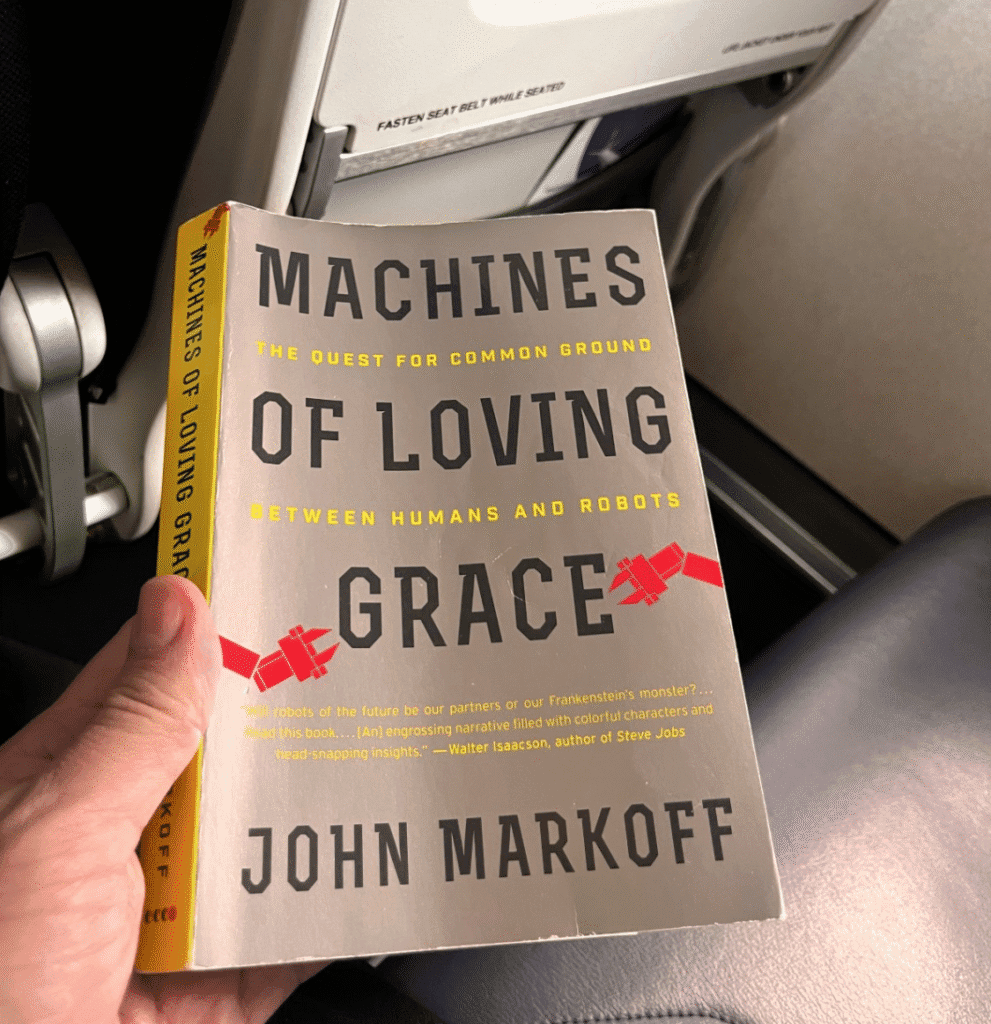Agentic AI isn’t just “the next wave of AI”. It’s going to be the new backbone for how enterprise will work. Not theoretically. Not in a lab. But in daily operation; real work, real systems, and real outcomes.
The Salesforce forecast of a 383% rise in adoption by 2027 is less a prediction and more a warning shot: either you integrate it into the guts of your business or get buried by those who do. At Hitachi Digital Services, we’ve stopped thinking of Agentic AI as a category. It’s the infrastructure now.
We’ve wired it into everything; products, people, incentives, governance and we’re doing it with one rule: if it doesn’t drive measurable business impact, it doesn’t ship.
As an example; we’re building the Hitachi AgentPlane, our control-and-observability layer, so agentic capabilities are never bolted on, they’re embedded. API-first, SDK-ready, minimal friction. Everything’s designed to plug into customer stacks without rewiring their architecture. This is how you get to value on day one, not month nine.
Engineering needs to follow a single Agentic Operating Framework. It maps core capabilities; prompt engineering, multi-agent orchestration, and safety design into a dynamic skills graph. From that, our people, our roadmaps, and our delivery models all align. And we don’t work alone. Every move we make is in lockstep with our partners at AWS, Microsoft, NVIDIA, SNOW, Snowflake, Google – just to name a few. When their roadmaps shift, ours adapt.
We’ve seen this movie before, multiple times, someone launches a shiny AI thing, it lives in pilot purgatory, then dies. That’s why we need to bake Agentic AI into business rhythms. OKRs, QBRs, sprint reviews, all of it. Every department needs to own a piece. Change agents are embedded across teams. Nobody gets to be a tourist in this. It’s full contact!
But let’s not pretend it’s easy. There are some blockers that show up every time:
- Data silos and lineage gaps; agents need trusted data, but siloed isn’t an issue anymore.
- Legacy monoliths and brittle scripts; integration gets messy fast, but GenAI can help to understand and re-code.
- Skills shortage; prompt engineering and orchestration aren’t widespread yet, but can be learned fast.
- Finance models; annual CapEx clashes with lean pilot cycles, but the business outcomes really showup.
- RAI maturity gaps; guardrails and explainability vary by region and platform, but there’s a lot of capability to address this in the proper way.
We can treat these as “risks”. We need to turn them into backlog items. They have owners, deadlines, and delivery criteria. That’s how you turn strategy into execution.
Redeployment is the wrong frame. It’s IA: Intelligence Augmentation.
Forget the doomsday talk. I really think this isn’t about layoffs. It’s about releasing capacity. We need to reframe it the way John Markoff did in Machines of Loving Grace – IA, not AI.

A good example: Account Managers becoming “Customer Success AI Partners,” who co-build Agent Use Case Packs with clients..Or frontline support engineers stepping into “Agent Supervisors” roles, training and fine-tuning their own copilots.
The future isn’t more dashboards or more “AI assistants”. It’s composable systems of agency; agents that cooperate, self-correct, and run entire workflows. And that’s where we’re headed at Hitachi.
Agentic AI isn’t a toolkit. It’s a transformation model. Agents aren’t just showing up in side projects, they’re becoming operational primitives – part of teams, augmenting them. We’re building the control planes, the career paths, the governance fabric and the economic logic to make that real, at scale.
Because if Agentic AI is the infrastructure shift we think it is, then every delay is an opportunity missed. And we don’t plan on missing many.


Leave a Reply